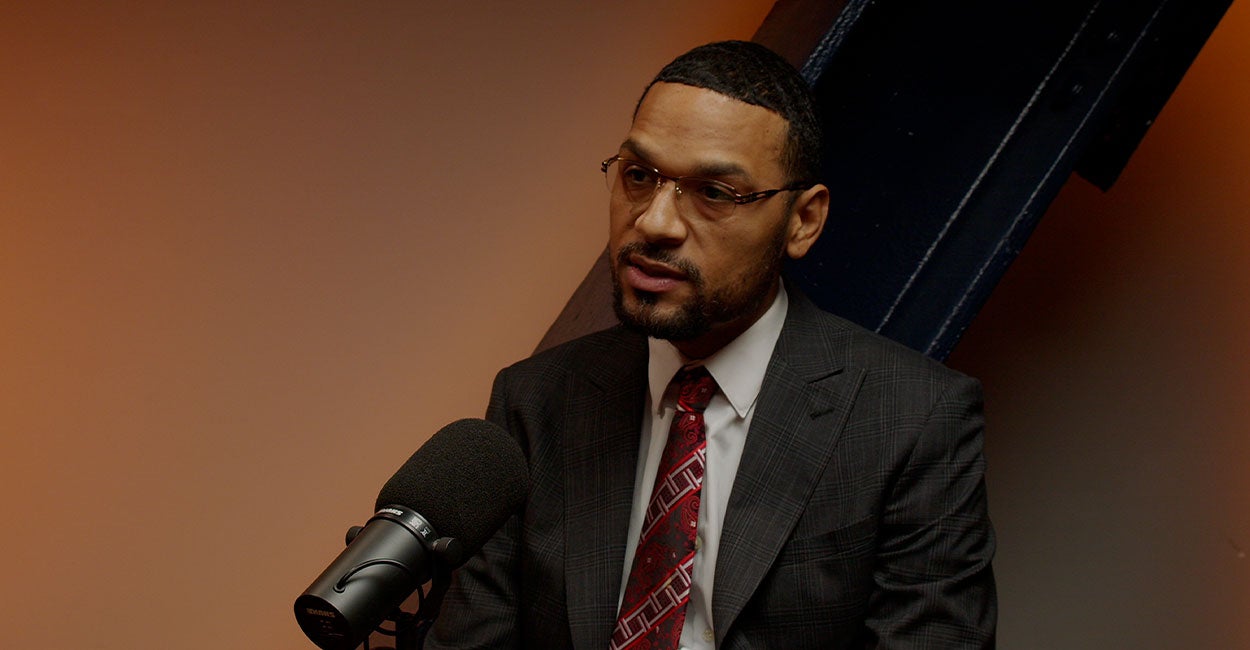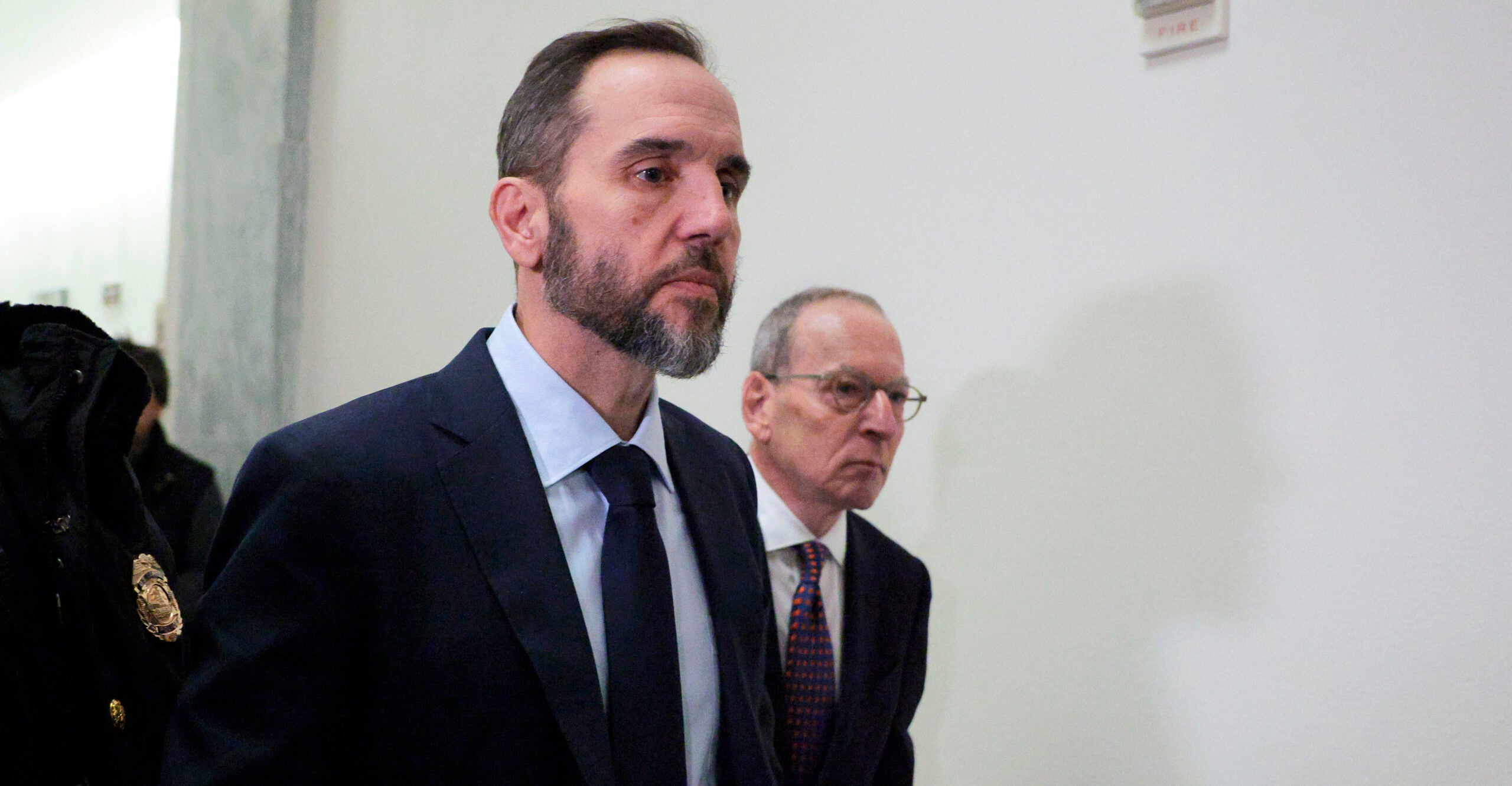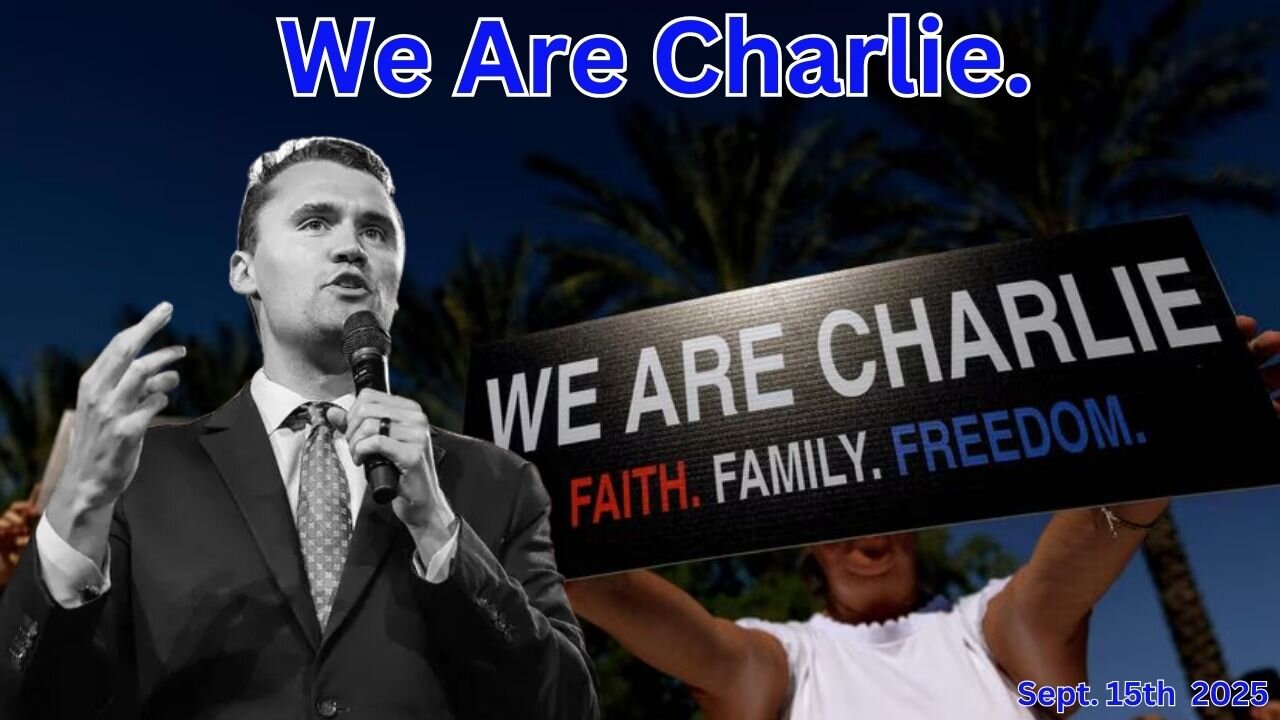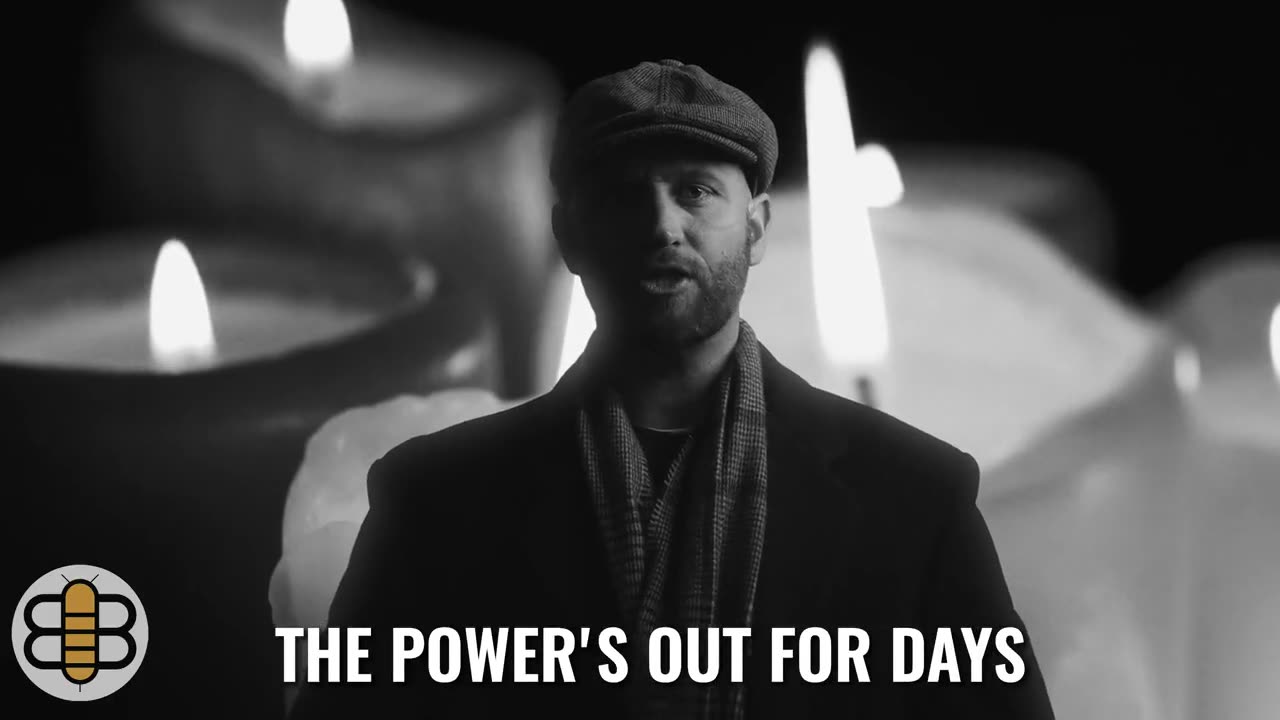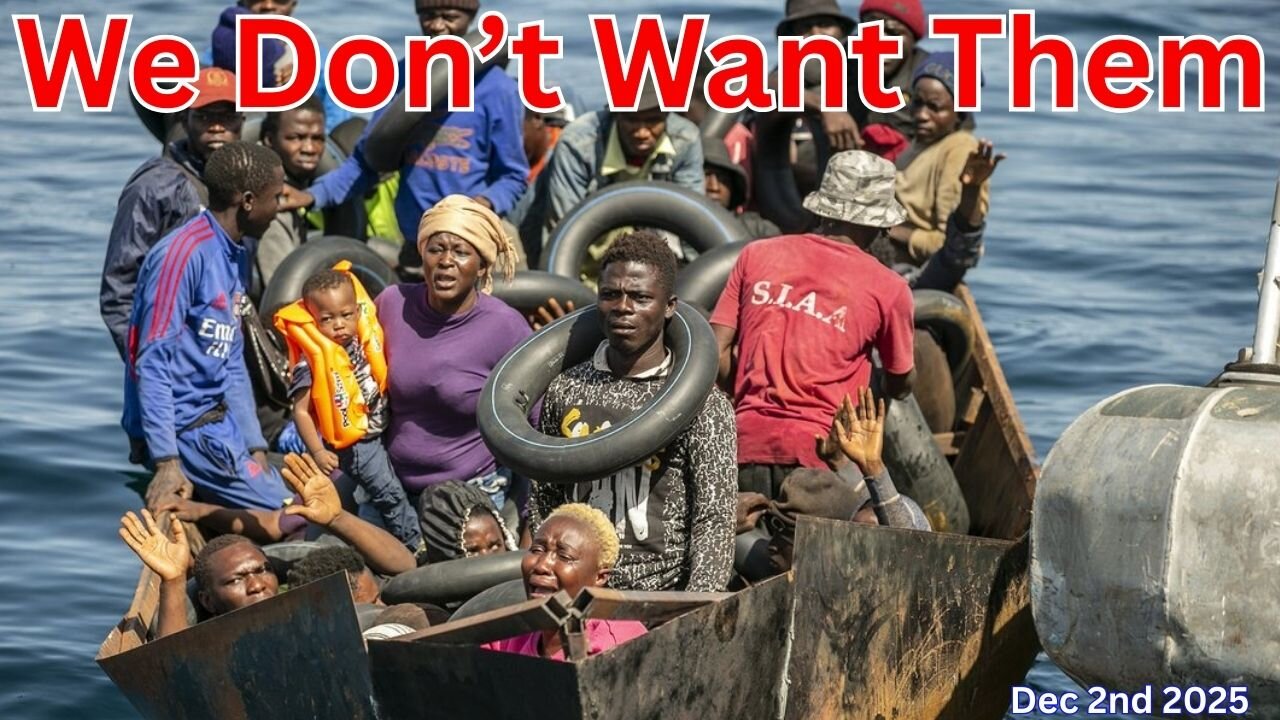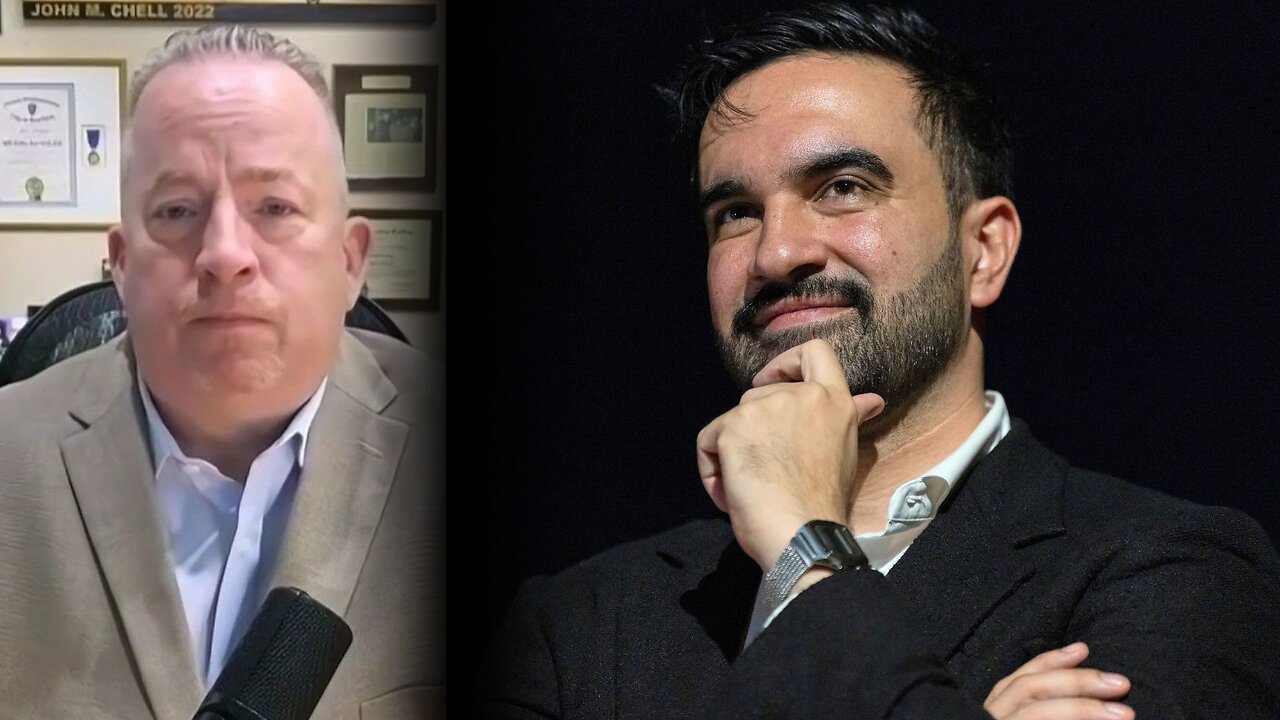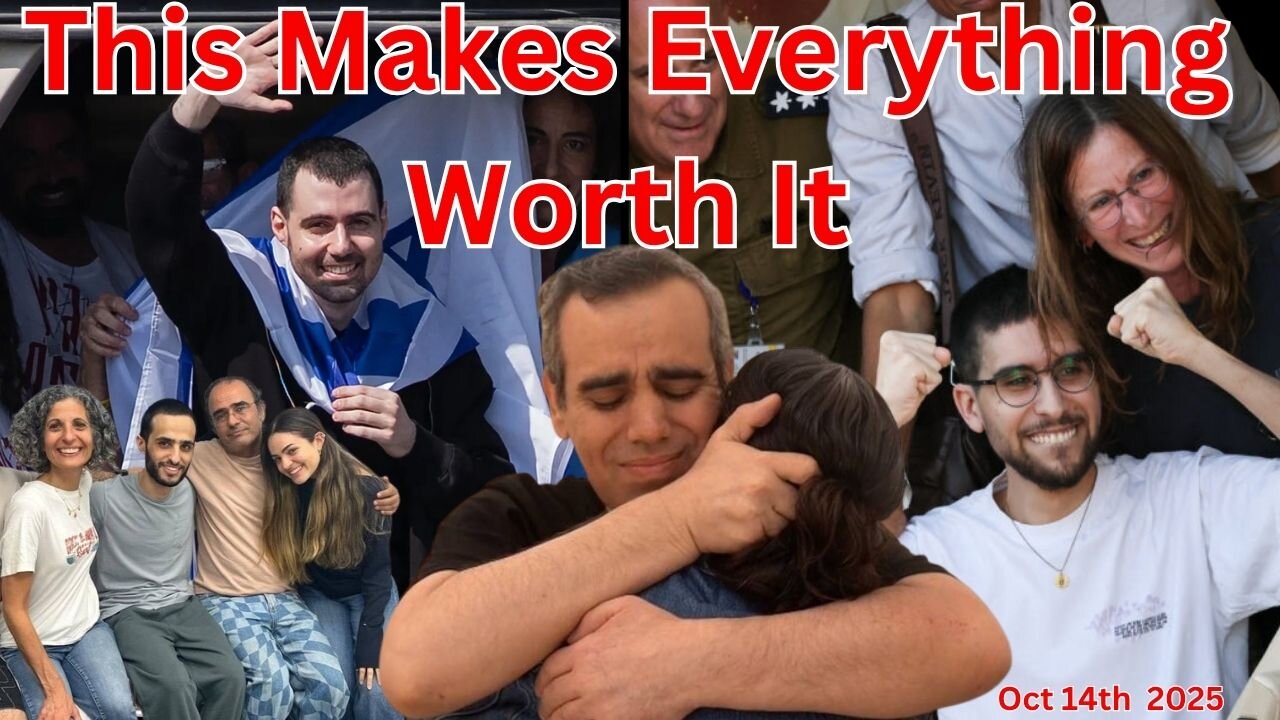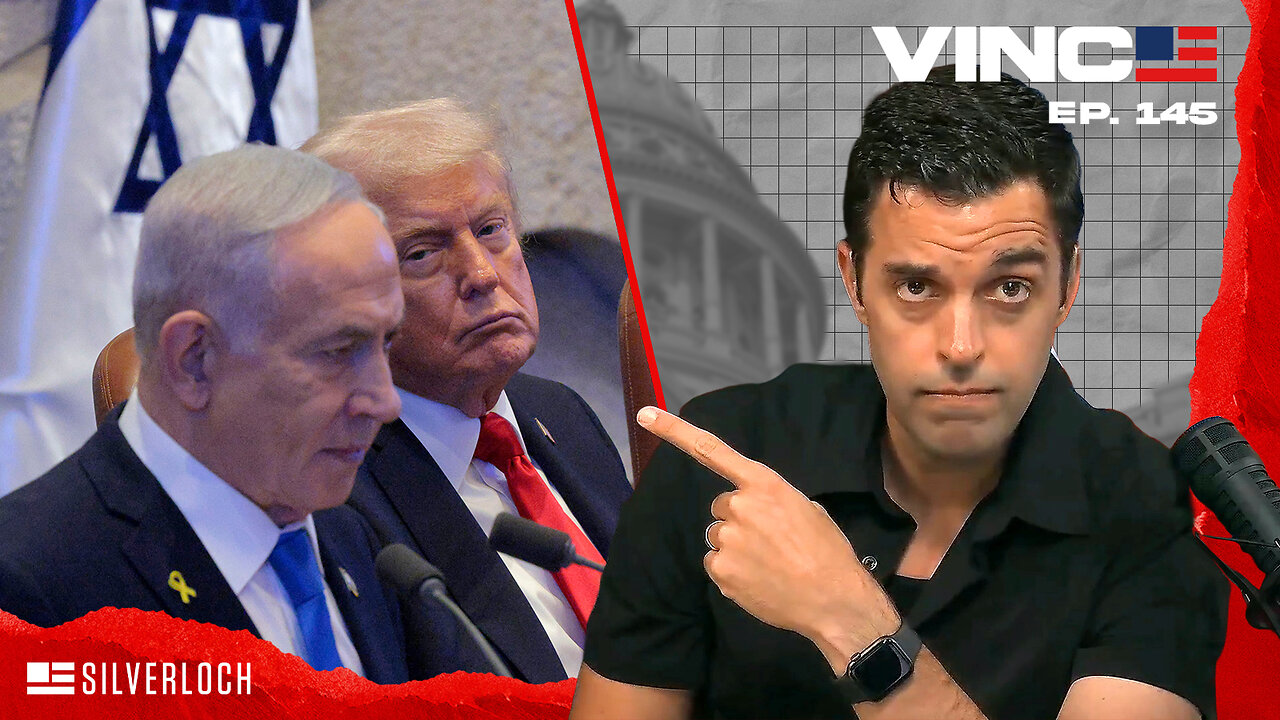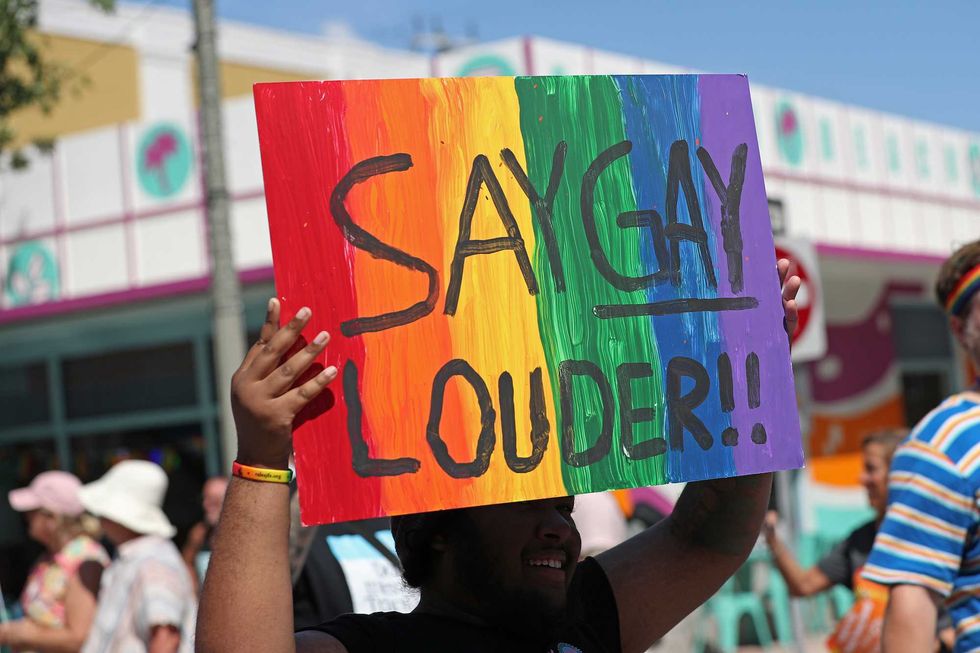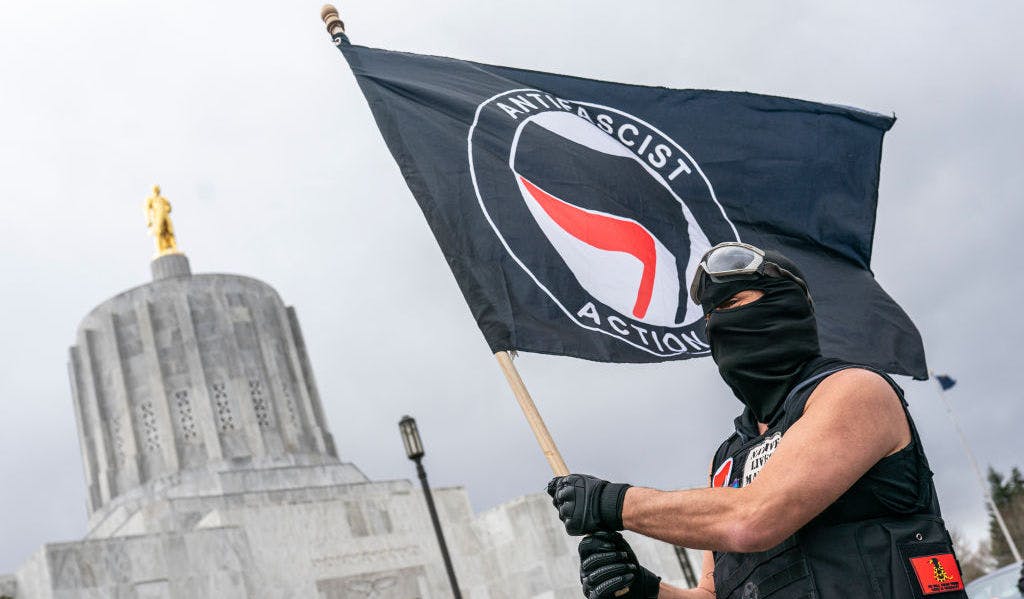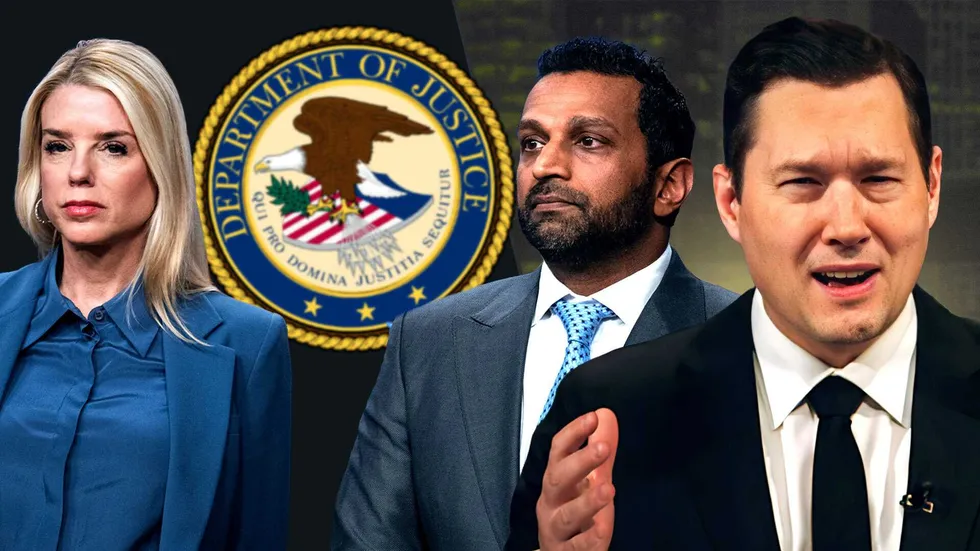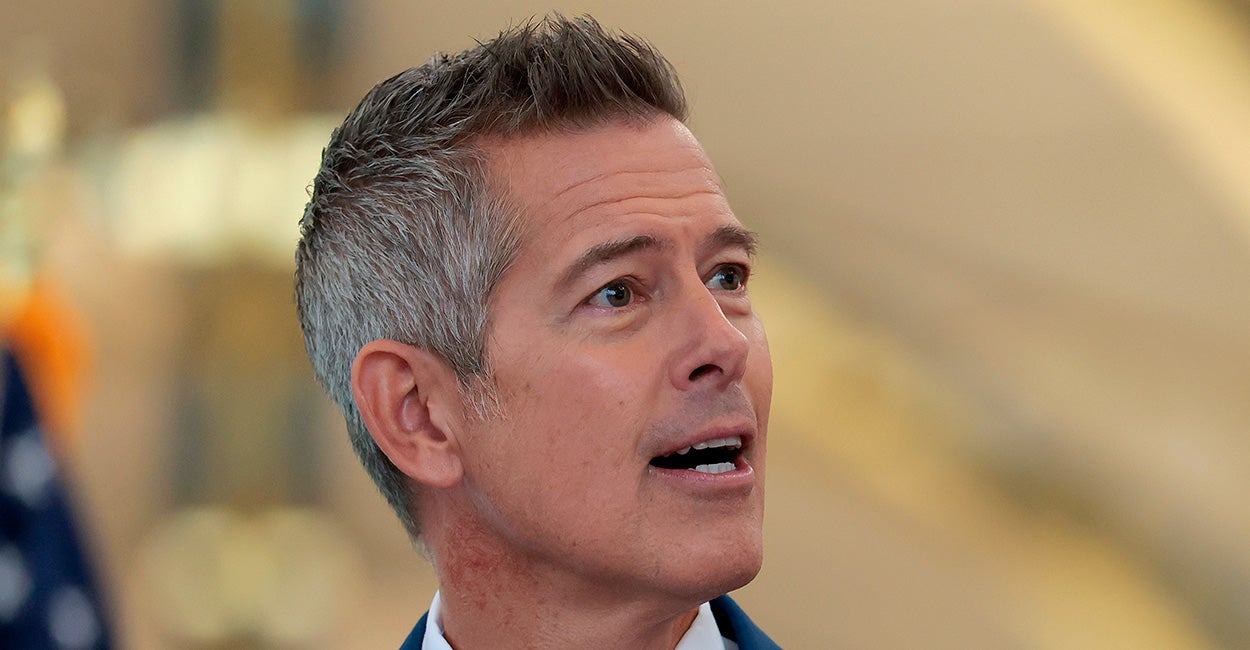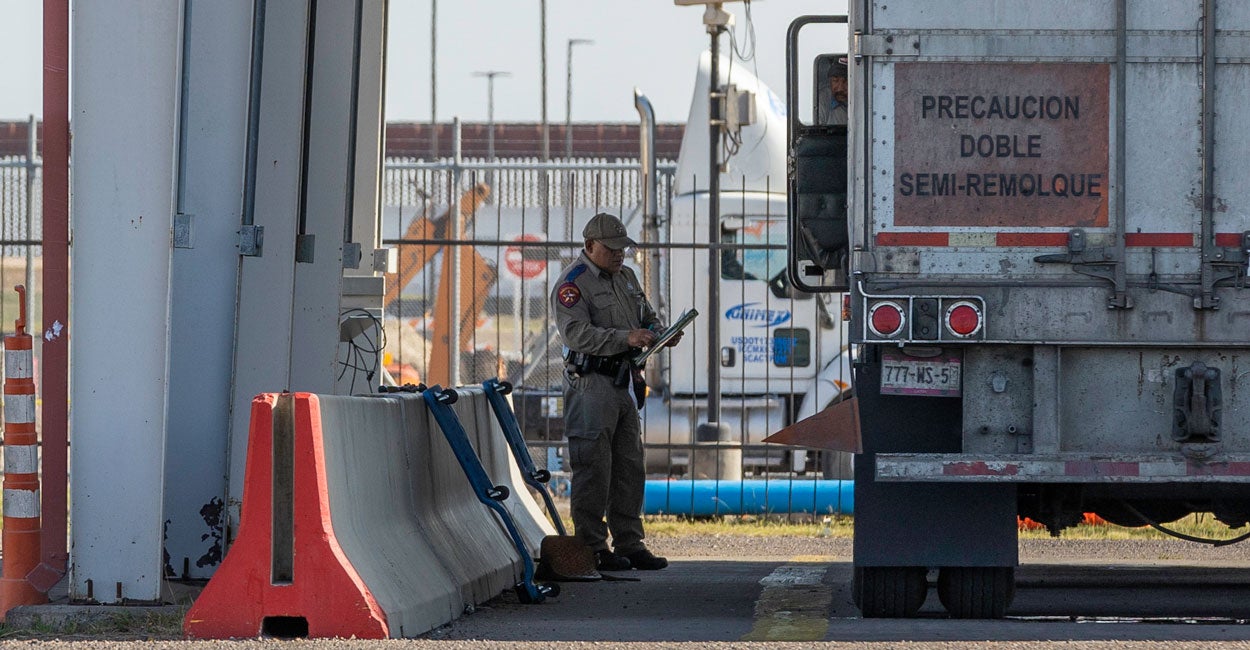Israel Freed Prisoners, Not Hostages — There’s A Difference
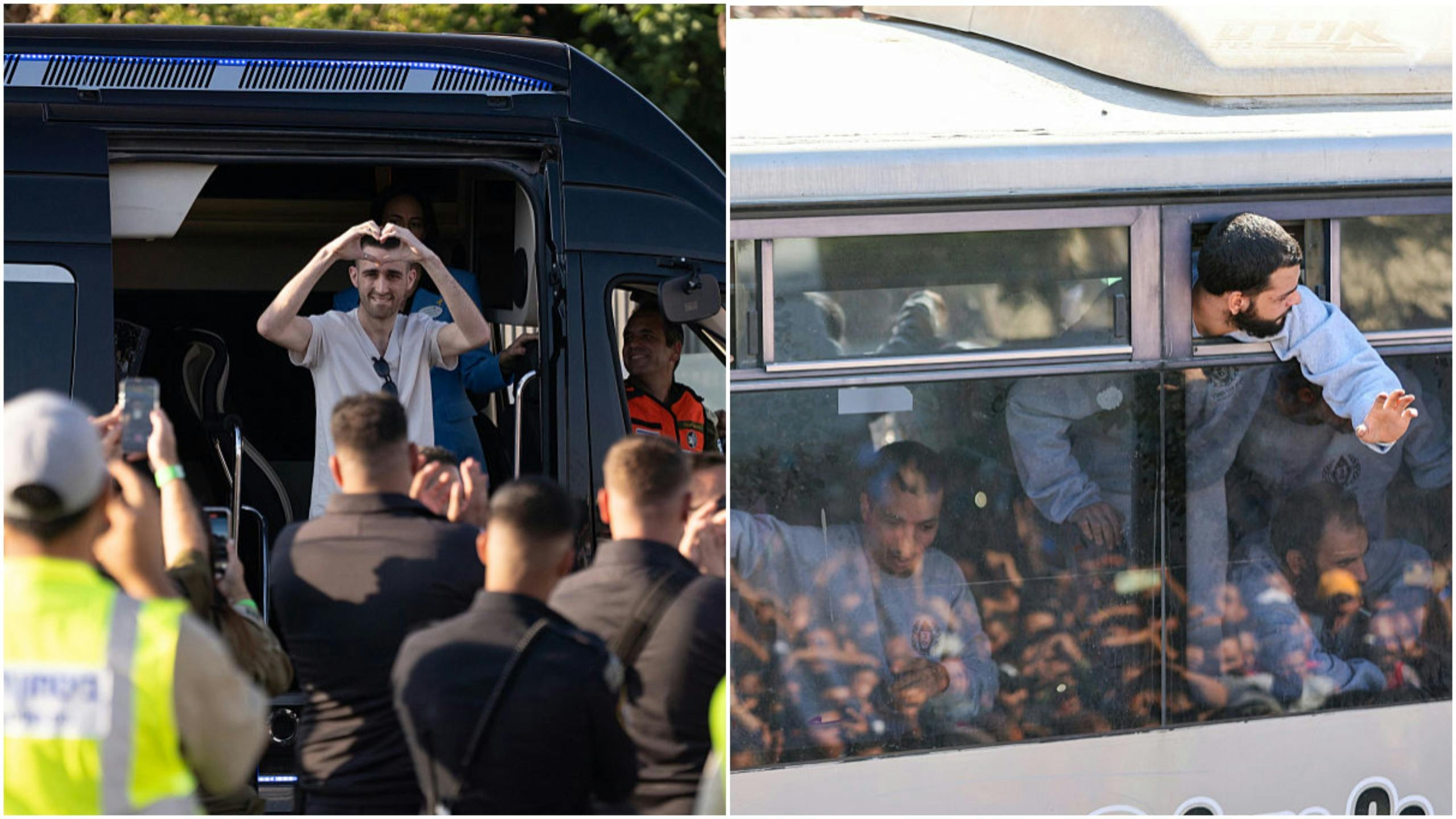
Just days after the two-year anniversary of the October 7, 2023, massacre that sparked the Israel-Hamas war, the Trump administration’s ceasefire deal has brought all surviving Israeli hostages home from the Gaza Strip.
Live Your Best Retirement
Fun • Funds • Fitness • Freedom
Per the deal, in exchange for the 20 Israeli hostages, Israel was required to release over 1,700 Gazans held in Israeli jails back into the Gaza Strip.
As Israel released the prisoners, “Free Palestine” activists rejoiced in a spectacularly dishonest way by posting a video on TikTok. The video, which has amassed a whopping 131,000 likes, claims Palestinian “hostages” were released in the deal.
The only issue: Israel was not holding any hostages.
By definition, a hostage is “a person held by one party in a conflict as a pledge pending the fulfillment of an agreement; one that is involuntarily controlled by an outside influence.”
This is precisely what Hamas did on October 7. As their rifles unloaded into crowds of civilians, the terrorists made sure to abduct over 250 people, who committed no crime, as a means of leverage against Israel and to strong-arm the country into restricting their military response.
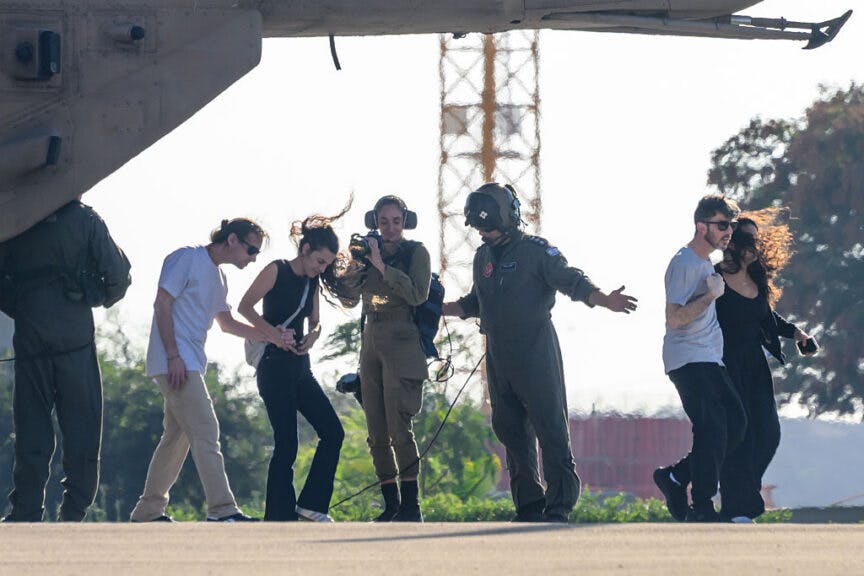
Alexi J. Rosenfeld/Getty Images
By contrast, the prisoners released by Israel in the deal were not innocent “hostages” as the Free Palestine movement wants you to think. They were primarily violent criminals with ties to terrorism.
Here are six examples.
Imad Qawasmeh
A senior Hamas Commander from Hebron, Imad Qawasmeh, was captured in 2004 during a targeted operation by Israeli special forces. He personally directed the two suicide bombers responsible for the twin bus bombings in Beersheba on August 31, 2004.
The attack claimed the lives of 16 Israelis and left more than 100 others wounded.
An Israeli military tribunal found Qawasmeh guilty of murder, active participation in a terrorist organization, and illegal weapons trafficking. His crimes earned him a sentence of 16 consecutive life terms in prison.
Bakr Badr
A Hamas terrorist from the town of Beit Liqya, Bakr Badr, was imprisoned for his involvement in a Hamas terror network active during the Second Intifada. This cell was responsible for a series of deadly attacks targeting Israeli civilians and soldiers.
Among the attacks were two major incidents: a 2003 suicide bombing near the Tzrifin army base that claimed the lives of nine Israelis, and a 2004 bombing at a Tel Aviv bus stop that killed one person and wounded several others. His capture marked the dismantling of part of the Hamas infrastructure operating in the area at the time.
Samir Ibrahim Mahmoud Abu Nima
An Islamic Jihad terrorist from Abu Dis, Samir Ibrahim Mahmoud Abu Nima, was sentenced to life imprisonment for carrying out a 1983 bus bombing in Jerusalem.
The brutal attack murdered six Israeli civilians — Esther Ido, Nurit Peleg Mizrahi, Esther Peleg Mizrahi, Slav Demsky, Yehuda Kaklan, and Shoshana Zussman Galanti — and wounded 46 others.
In addition to the bombing, he played a key role in smuggling weapons to other terror cells and in plotting to rig a gas truck with explosives in Jerusalem — a plan intended to cause mass death and destruction among innocent civilians.
Mohammed Shamasneh
A Hamas terrorist, Mohammed Shamasneh, was serving multiple life sentences for a series of cold-blooded murders carried out in the early 1990s. His crimes included the 1990 abduction and brutal killing of two Jerusalem teenagers, Ronen Karamani and Lior Tubul, both from the city’s Ramot neighborhood; the murder of taxi driver Rafi Doron that same year; and the 1993 ambush and killing of IDF soldier Yehoshua Friedberg.
Shamasneh’s actions were part of a wider Hamas campaign of terror aimed at targeting both civilians and soldiers, leaving behind a legacy of grief and horror among his victims’ families.
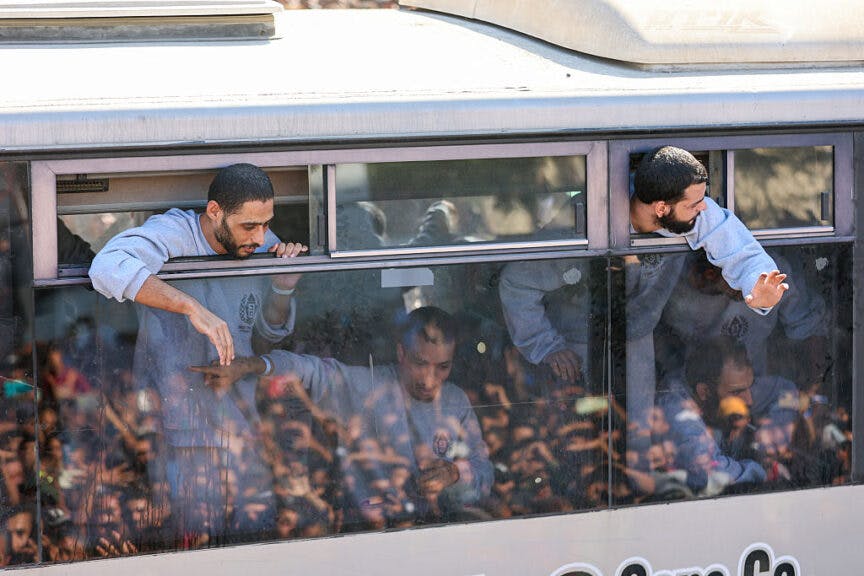
OMAR AL-QATTAA/AFP via Getty Images
Ayham Kamamgi
A Fatah terrorist from the village of Dan, Ayham Kamamgi, was serving two life sentences for his role in the 2006 abduction and cold-blooded murder of Israeli teenager Eliyahu Asheri near Ramallah.
The attack was part of a coordinated effort by his terror cell to target young Israelis and sow fear across the region.
In 2021, he gained notoriety once again as one of the six convicted terrorists who escaped from Israel’s high-security Gilboa Prison, sparking a nationwide manhunt. He was recaptured after several days on the run.
Ahmad Adel Jaber Saada
A Hamas terrorist from Eastern Jerusalem and holder of an Israeli ID card, Ahmad Adel Jaber Saada, was sentenced to life in prison for his involvement in a Hamas terror cell based in Bethlehem that carried out multiple deadly attacks during the early 2000s.
He played a direct role in the November 21, 2002, suicide bombing in Jerusalem, a horrific attack that murdered 11 Israelis and left dozens more wounded. Saada personally assisted the bomber and drove him to the scene of the massacre, ensuring the attack’s success and maximum civilian casualties.
If “innocent Palestinian hostages” were released by Israel every time a swap occurred, as the activists would like you to think, history would not show that it always comes back to haunt them.
A prime example of this is the now-deceased Yahya Sinwar. Sinwar was arrested in 1988 for serious crimes such as abduction and murder. During his time in prison, Israel graciously tasked its doctors with removing a brain abscess he had, saving his life.
In 2011, he was released as part of the Gilad Shalit prisoner exchange, in which Israel released 1,027 Palestinian prisoners in return for the Israeli soldier Gilad Shalit.
Throughout the 12 years since his release, Sinwar rose to become the leader of Hamas in Gaza and served as the mastermind behind the October 7 attacks. He died one year ago while hiding in a tunnel in Gaza.
From claiming Jesus was a Palestinian to claiming Israel is committing a modern rendition of the Holocaust, the “Free Palestine” movement has always relied on twisted information and blatant lies to gain support. The “Palestinian hostages” narrative is a continuation of this tactic.
Don’t fall for it.
* * *
Jacob Falach is an associate producer at The Daily Wire. You can find him on Instagram at: @jacobfalach.
The views expressed in this piece are those of the author and do not necessarily represent those of The Daily Wire.
Originally Published at Daily Wire, Daily Signal, or The Blaze
What's Your Reaction?
 Like
0
Like
0
 Dislike
0
Dislike
0
 Love
0
Love
0
 Funny
0
Funny
0
 Angry
0
Angry
0
 Sad
0
Sad
0
 Wow
0
Wow
0
